I have some confusion when working with authentication in spring security. There are two ways of authentication.
- By overriding configure method
- By implementing bean instance for AuthenticationProvider
I need to know what is the difference between them and the pros and cons of using each.
1.
@Override
protected void configure(AuthenticationManagerBuilder auth) throws Exception {
auth.userDetailsService(userDetailsService);
}
@Bean
public BCryptPasswordEncoder getBCryptPasswordEncoder(){
return new BCryptPasswordEncoder();
}
@Bean
public AuthenticationProvider authenticationProvider(){
DaoAuthenticationProvider daoAuthenticationProvider=new DaoAuthenticationProvider();
daoAuthenticationProvider.setUserDetailsService(userDetailsService);
daoAuthenticationProvider.setPasswordEncoder(new BCryptPasswordEncoder());
return daoAuthenticationProvider;
}


